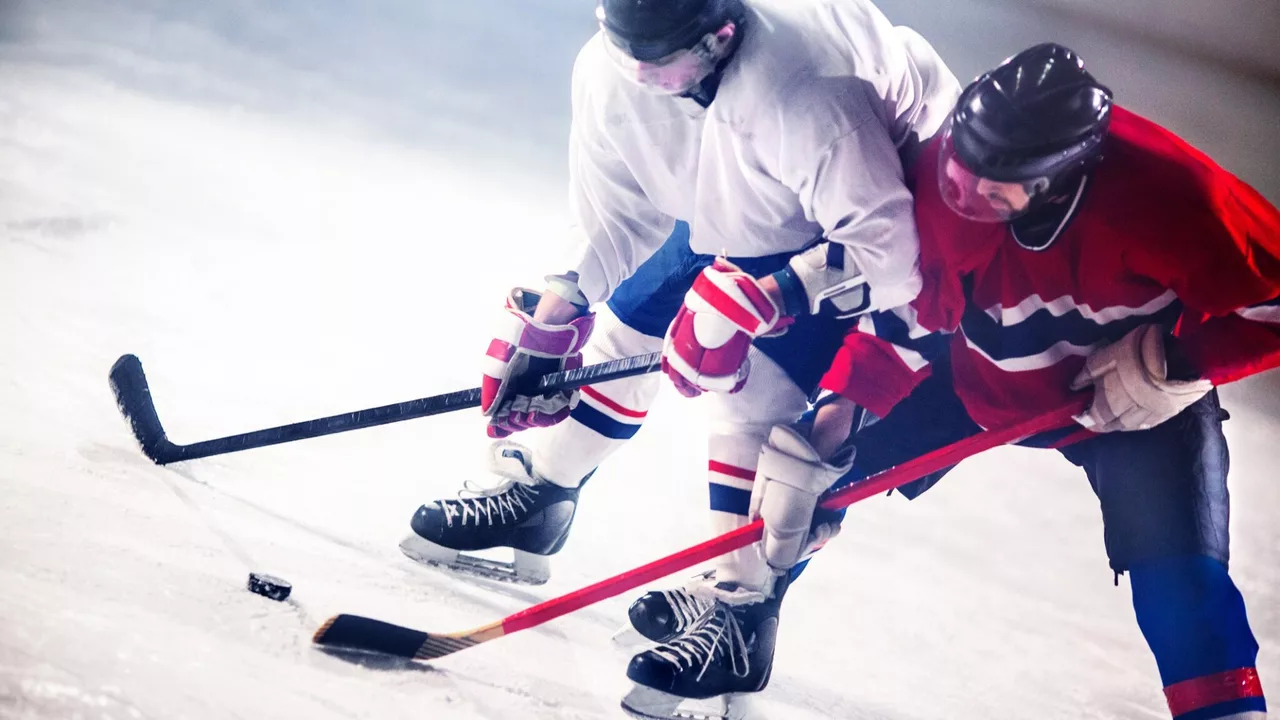Puck Lifting: What It Is and Why It Matters
Ever seen a player scoop the puck off the ice and launch it a few meters ahead? That move is called a puck lift, and it’s a game‑changer in both ice and field hockey. A good lift lets you keep the play moving, beat a defender’s stick, and set up scoring chances. If you can lift the puck confidently, you’ll feel more in control and your teammates will trust you with the ball more often.
How to Perform a Proper Puck Lift
First, get your stance right. Keep your knees bent, weight balanced on the balls of your feet, and your stick angled slightly upward. When the puck is near your front foot, slide the blade under it using a smooth scooping motion. Push forward with your bottom hand while your top hand guides the stick. The key is to use a quick snap of the wrists—not just brute force—so the puck leaves the ground cleanly.
Watch your follow‑through. After the puck leaves the stick, let the blade finish high and point to where you want the puck to go. This helps with accuracy and keeps the lift from coming out too low, which can cause the puck to scrape the ice and lose speed.
Practice the lift from both sides. Switch your grip and repeat the motion on your left and right. Being comfortable on either side makes you less predictable and opens up more passing lanes during a game.
Training Drills to Improve Your Lift
Try the “Cone Lift.” Set up a line of cones about a foot apart. Start at one end, lift the puck over each cone, and collect it on the other side. This drill forces you to lift low and fast, building control under pressure.
Another favorite is the “Partner Toss.” Pair up, stand a few meters apart, and take turns tossing the puck in the air. Each player lifts it and passes it back. The goal is to keep the puck off the ground for as many repetitions as possible. It sharpens wrist snap and hand‑eye coordination.
Don’t forget strength work. Simple body‑weight squats, lunges, and core planks boost the power you need for a strong lift without making the motion stiff. A stronger core also helps you stay balanced while lifting on the move.
Common mistakes to watch out for include:
- Leaning too far forward, which drops the blade and scoops the ice instead of the puck.
- Using only arm strength; the lift should come from a coordinated snap of the wrists and a stable lower body.
- Rushing the motion. A smooth, controlled lift is quicker than a jerky, forced one.
When you get the basics down, start mixing lifts into game‑like scenarios. Combine a quick lift with a forward sprint or a side‑step to evade a defender. The more you practice in realistic situations, the more natural the lift becomes during real matches.
Remember, puck lifting isn’t just about raw power. It’s a blend of technique, timing, and confidence. Work on the fundamentals, use the drills above, and watch your on‑ice performance jump. Soon you’ll be the player everyone looks to for quick, clean lifts that keep the play flowing and the opposition guessing.
